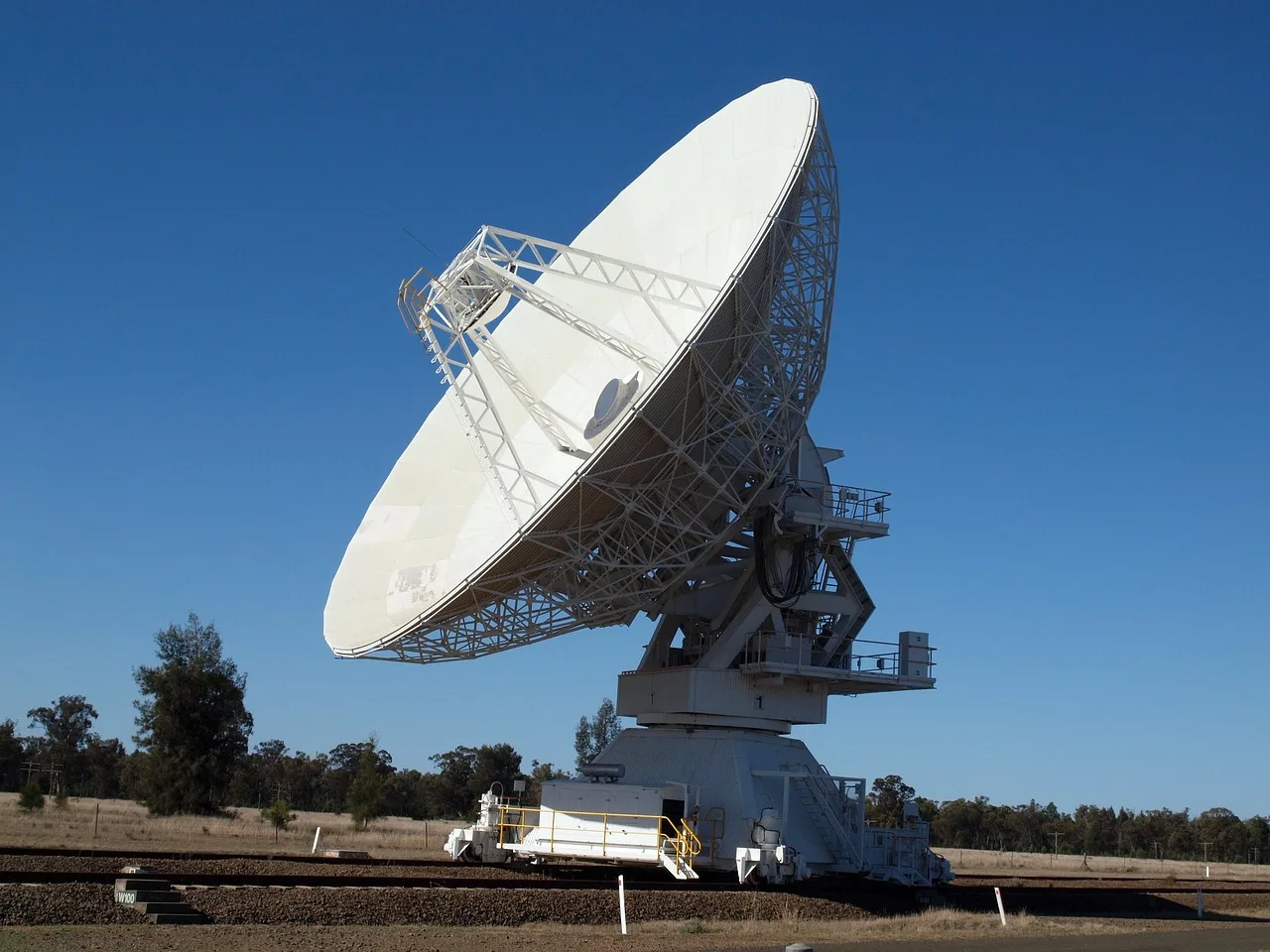A telescope, a magnifying and light-gathering instrument, possesses two primary general properties of a telescope that enable the detailed observation of distant celestial objects. Firstly, the aperture of a telescope, commonly referred to as its lens or mirror diameter, determines the amount of light the instrument can collect. A larger aperture leads to a greater light-gathering capacity and consequently enhances the telescope’s ability to discern faint and distant objects.
Secondly, the magnifying power, or focal length, determines the level of detail that can be observed. By altering the distance between lenses or mirrors, the focal length can be adjusted to provide different levels of zoom, allowing for closer examination of the celestial wonders beyond our atmosphere. Understanding these crucial general properties offers astronomers and enthusiasts alike the ability to select the appropriate telescope for their specific astronomical interests.
Table of Contents
General properties of a telescope
Optical System
The optical system of a telescope plays a crucial role in determining its overall performance and capabilities. It is responsible for gathering and manipulating incoming light to form clear and detailed images of celestial objects. Within the optical system, several key components contribute to the telescope’s functionality, including the aperture, focal length, and focal ratio. Understanding these components is essential for choosing the right telescope and maximizing the viewing experience.
Aperture
The aperture of a telescope refers to the diameter of its main optical component, typically the objective lens or primary mirror. It is commonly measured in millimeters or inches and directly influences how much light the telescope can gather. A larger aperture allows for the collection of more light, resulting in brighter and more detailed images. This is especially important for observing faint celestial objects such as distant galaxies and nebulae.
Focal Length
The focal length of a telescope is the distance between its primary optical component and the point where incoming light converges to form a focused image. It is typically measured in millimeters or inches. A longer focal length results in higher magnification, allowing for detailed observation of intricate features on objects of interest. On the other hand, a shorter focal length provides a wider field of view, enabling the observation of larger areas of the night sky.
Focal Ratio
The focal ratio, also known as the f-number, is the ratio of a telescope’s focal length to its aperture. It indicates the speed at which the telescope gathers light. A lower focal ratio (e.g., f/4) signifies a faster telescope that can capture more light in a shorter time, making it suitable for astrophotography and observing faint objects. Conversely, a higher focal ratio (e.g., f/10) indicates a slower telescope but often provides better image sharpness for planetary and lunar observations.

Mounting System
In addition to the optical system, the type of mounting system used with a telescope greatly affects its stability, ease of use, and tracking capabilities. There are three primary mounting systems commonly used in telescopes: altazimuth mount, equatorial mount, and Dobsonian mount. Each offers distinct advantages and disadvantages, catering to different observing needs and preferences.
Altazimuth Mount
The altazimuth mount is the simplest and most intuitive mounting system. It allows the telescope to move freely in both horizontal (azimuth) and vertical (altitude) directions. This type of mount is commonly found in entry-level telescopes and is easy to set up and operate. However, it lacks the ability to track celestial objects as they move across the sky, requiring manual adjustments to keep objects within the field of view.
Equatorial Mount
The equatorial mount consists of two main axes, a polar axis aligned with the Earth’s rotational axis and a declination axis. This design enables the telescope to track celestial objects more easily by rotating only one axis, compensating for the Earth’s rotation. Equatorial mounts are particularly useful for astrophotography, allowing for long-exposure images without star trailing. However, the initial setup process may be more complex than with altazimuth mounts, requiring alignment with the celestial pole.
Dobsonian Mount
The Dobsonian mount, named after John Dobson, is a type of altazimuth mount specifically designed for large-aperture Newtonian reflector telescopes. It offers excellent stability and simplicity, making it a popular choice among amateur astronomers. The Dobsonian mount’s low cost and ease of use make it an ideal option for observing large celestial objects, such as the Moon and planets. However, its bulkiness and lack of precise tracking capabilities may limit its suitability for astrophotography.

Telescope Types
Telescopes come in various designs, each with its own set of advantages and disadvantages. The three most common types of telescopes are refracting telescopes, reflecting telescopes, and compound telescopes. Understanding the differences between these designs helps in choosing the best telescope for specific observing needs.
Refracting Telescopes
Refracting telescopes use lenses to gather and focus light, creating images for viewing. The objective lens, located at the front of the telescope, refracts incoming light to a focal point. Refracting telescopes are known for providing sharp and color-corrected images, making them ideal for observing planets and lunar features. However, they are limited by the practical size and complexity of large lenses, making them less suitable for high-magnification or wide-field observations.
Reflecting Telescopes
Reflecting telescopes, in contrast to refracting telescopes, utilize mirrors to capture and focus light. The primary mirror at the lower end of the telescope collects light, which is then reflected to a secondary mirror and redirected to the eyepiece. Reflecting telescopes have the advantage of being free from chromatic aberration inherent in lenses, allowing for more compact and cost-effective designs. They are excellent for observing deep-sky objects and astrophotography, but may require periodic maintenance of the mirrors.
Compound Telescopes
Compound telescopes, also known as catadioptric telescopes, combine the use of lenses and mirrors in their optical system. They incorporate both a lens and a mirror to correct aberrations and provide compact designs. Compound telescopes, such as Schmidt-Cassegrains and Maksutov-Cassegrains, offer versatility and portability, making them popular among observers and astrophotographers alike. However, their complexity and higher cost can be potential drawbacks for beginners.
By understanding the optical system, mounting system, and different telescope types, individuals can make informed decisions when selecting a telescope that aligns with their observing goals and preferences. Whether observing distant galaxies, studying lunar craters, or capturing breathtaking astrophotography, the right combination of optics and mounting system can enhance the astronomical experience and open up the wonders of the universe.

Related site – Dark matter ‘clumps’ found by tapping into Einstein’s general relativity theory
